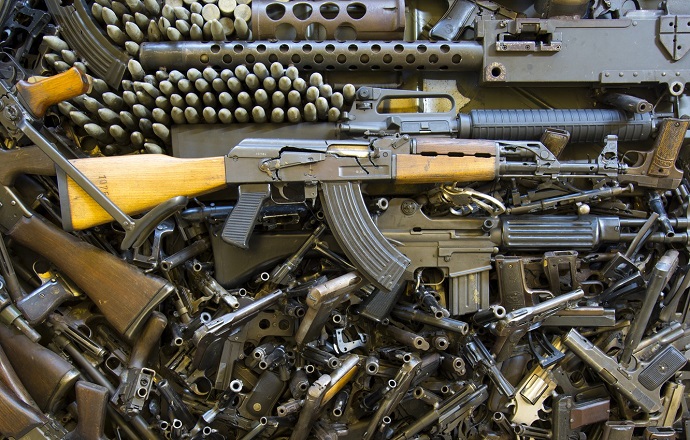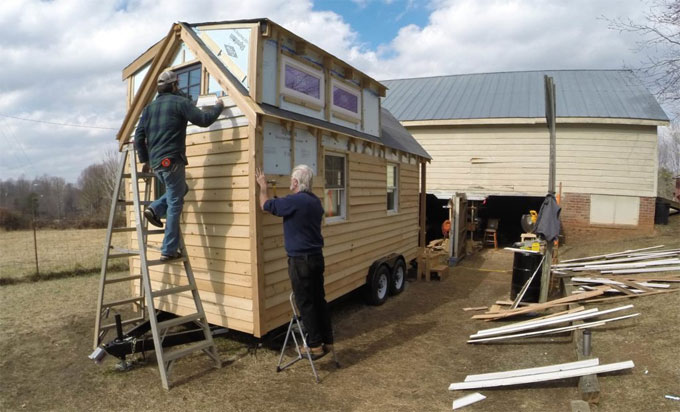India, as a rapidly growing economy with rising geopolitical importance, has been focusing intensely on developing its defense manufacturing capabilities. The goal is to transform the country into a global defense manufacturing hub, reducing dependency on imports and fostering technological innovation. This article explores the key weapon manufacturers in India, the government initiatives supporting this sector, and the future outlook for the defense industry.
1. The Growth of India’s Defense Manufacturing Industry
A. Historical Development
India’s weapon manufacturing journey began post-independence with a strong reliance on imports for its defense needs. Over the decades, the establishment of state-run ordnance factories and defense public sector undertakings (DPSUs) laid the groundwork for a domestic defense industry.
B. Shift Towards Indigenous Manufacturing
The government’s push for “Aatmanirbhar Bharat” (self-reliant India) has significantly accelerated the indigenization of defense production. The focus is on developing advanced weapon systems, reducing imports, and boosting exports.
2. Key Weapon Manufacturers in India
A. Public Sector Giants
i. Hindustan Aeronautics Limited (HAL)
HAL is a cornerstone of India’s aerospace and defense industry, specializing in the design, development, and manufacture of aircraft, helicopters, and related systems.
- Key Products: Tejas Light Combat Aircraft, Dhruv Advanced Light Helicopter.
ii. Bharat Dynamics Limited (BDL)
BDL is crucial for India’s missile program, producing guided missiles and allied defense equipment.
- Key Products: Akash Surface-to-Air Missile, ATGMs (Anti-Tank Guided Missiles).
iii. Ordnance Factory Board (OFB)
Now restructured into various entities like Yantra India Limited (YIL), OFB has long been responsible for producing a vast array of arms, ammunition, and defense equipment.
- Key Products: Small arms, artillery, and ammunition.
B. Private Sector Contributions
i. Larsen & Toubro (L&T)
L&T is a prominent player in defense manufacturing, known for its capabilities in building armored systems, naval platforms, and artillery.
- Key Products: K9 Vajra-T Howitzer, Offshore Patrol Vessels.
ii. Tata Advanced Systems Limited (TASL)
TASL is involved in producing cutting-edge aerospace and defense products through collaborations with global defense companies.
- Key Products: Defense electronics, aircraft structures.
iii. Mahindra Defence Systems
Mahindra Defence is actively engaged in producing armored vehicles, naval systems, and other defense equipment.
- Key Products: Tactical and armored vehicles.
C. Emerging Players and Startups
Several innovative startups like Tonbo Imaging and ideaForge are revolutionizing the defense space with products such as night vision systems and UAVs (drones).
3. Government Initiatives to Boost Weapon Manufacturing
A. Make in India and Aatmanirbhar Bharat
These flagship initiatives aim to bolster domestic manufacturing capabilities by incentivizing local production and encouraging foreign companies to collaborate with Indian firms.
B. Defense Procurement Policy (DPP)
The DPP emphasizes indigenous procurement, simplifies acquisition processes, and prioritizes domestically produced defense products.
C. Defense Production and Export Promotion Policy (DPEPP)
DPEPP outlines a roadmap to enhance defense production capabilities, promote exports, and make India a global defense manufacturing hub.
D. Strategic Partnership Model
This model facilitates partnerships between Indian companies and global defense manufacturers, allowing for technology transfer and capability building.
E. Foreign Direct Investment (FDI) in Defense
To attract more investments, the government has permitted up to 74% FDI under the automatic route and 100% with government approval in certain areas of the defense sector.
4. Prominent Products in Indian Weapon Manufacturing
A. Small Arms and Ammunition
India produces a wide variety of small arms, including rifles, pistols, and machine guns for both domestic use and export.
B. Artillery Systems
The development of advanced artillery systems such as the Dhanush and K9 Vajra-T demonstrates India’s capabilities in heavy weaponry.
C. Missile Systems
India’s missile systems, including Agni and BrahMos, reflect the nation’s growing technological prowess in guided weapons.
D. Aerospace Systems
The production of aircraft like Tejas and helicopters like Dhruv showcases India’s significant strides in the aerospace domain.
E. Naval Systems
India is also advancing in naval defense, with warships like INS Vikrant and advanced submarines being indigenously developed.
5. Challenges Facing India’s Weapon Manufacturing Sector
A. Dependency on Critical Technologies
Despite progress, India still imports critical components like avionics, radars, and propulsion systems, highlighting the need for enhanced domestic R&D.
B. Regulatory and Bureaucratic Hurdles
The complex regulatory environment can slow down the procurement and production processes, impacting project timelines.
C. Skill and Infrastructure Gaps
Developing a skilled workforce and modern infrastructure to handle advanced manufacturing remains a challenge for the industry.
6. Future Prospects for Indian Weapon Manufacturing
A. Expanding Export Markets
India is aiming to increase its defense exports to countries in Asia, Africa, and Latin America. The government’s target of achieving $5 billion in defense exports by 2025 underscores this focus.
B. Investment in R&D
Increased investment in research and development is critical to bridging technological gaps and fostering innovation in defense manufacturing.
C. Focus on Emerging Technologies
India is keen on developing capabilities in emerging technologies like AI, robotics, and cyber defense, which are becoming essential in modern warfare.
7. Conclusion
India’s weapon manufacturing sector is poised for substantial growth, driven by government initiatives, the rise of private players, and increasing global demand. With continued focus on innovation, self-reliance, and strategic collaborations, India is on the path to becoming a leading global defense manufacturing hub.















